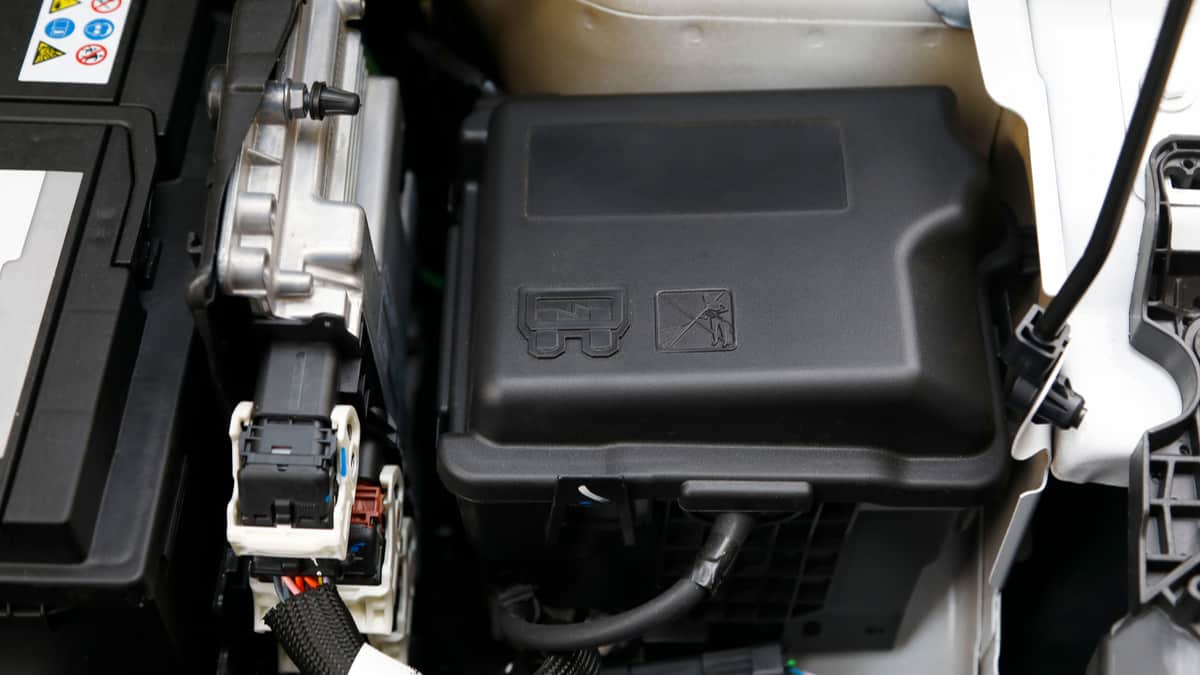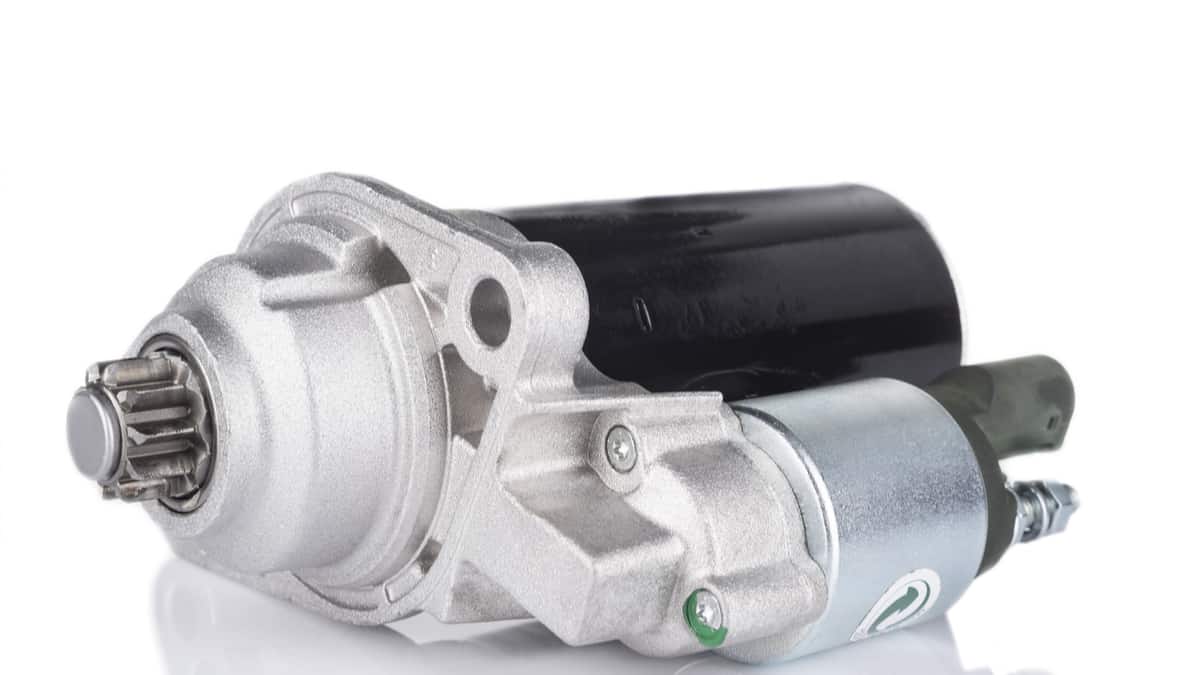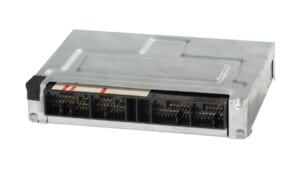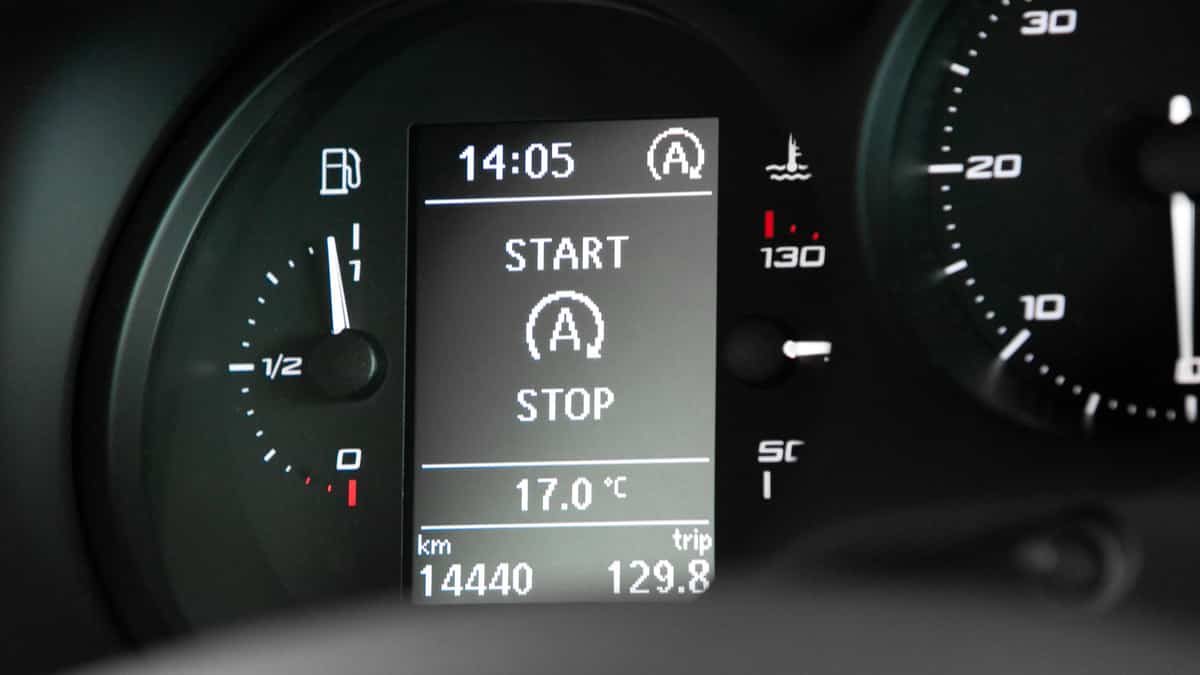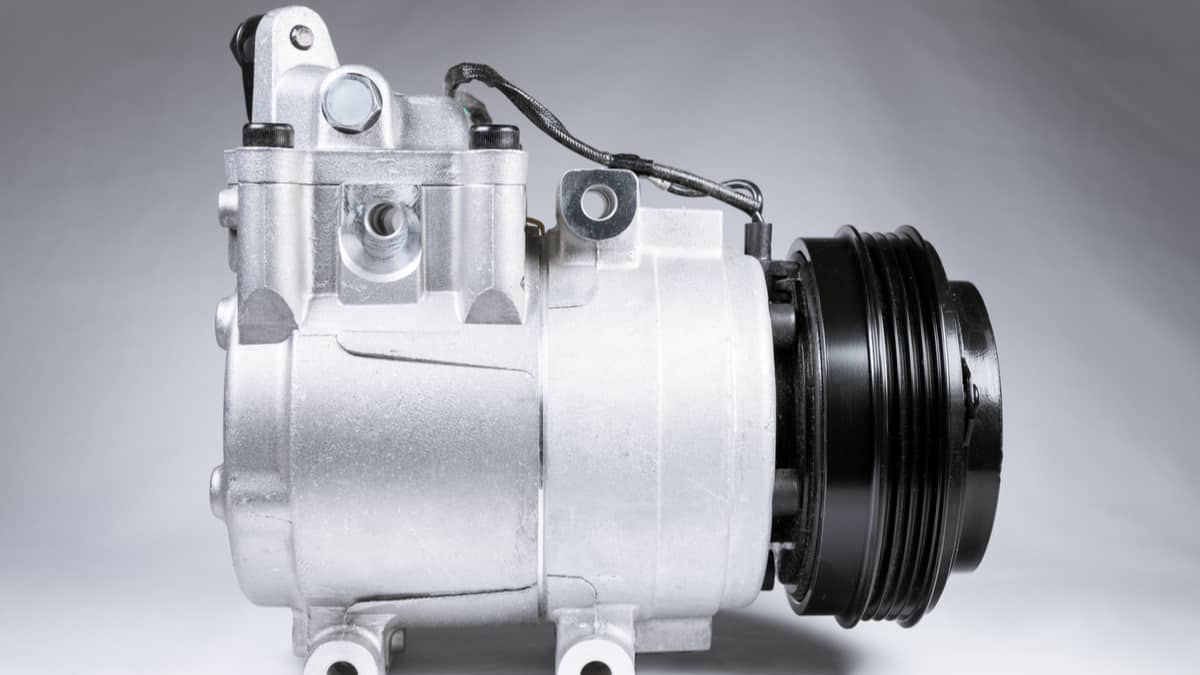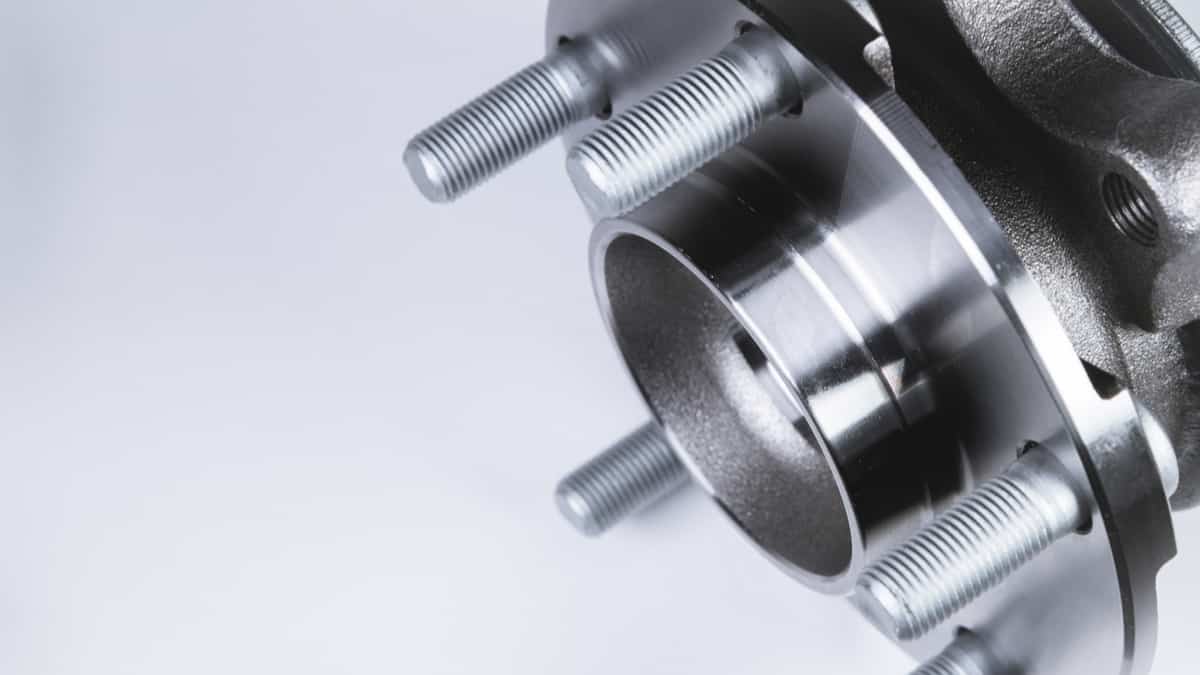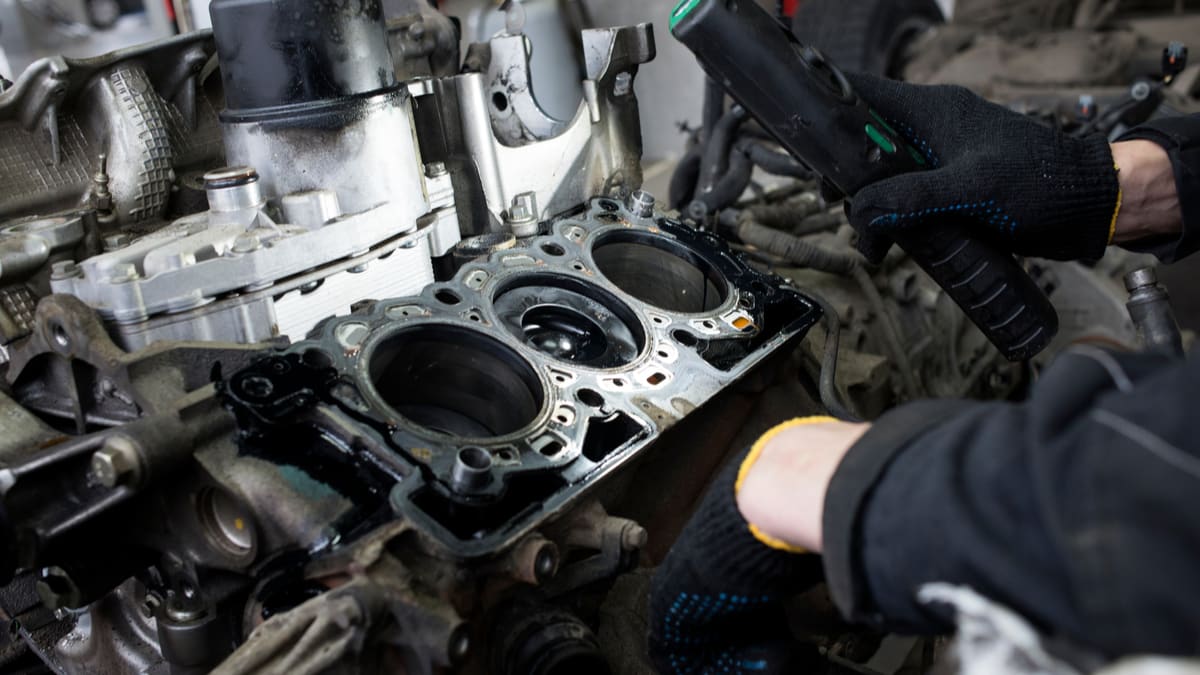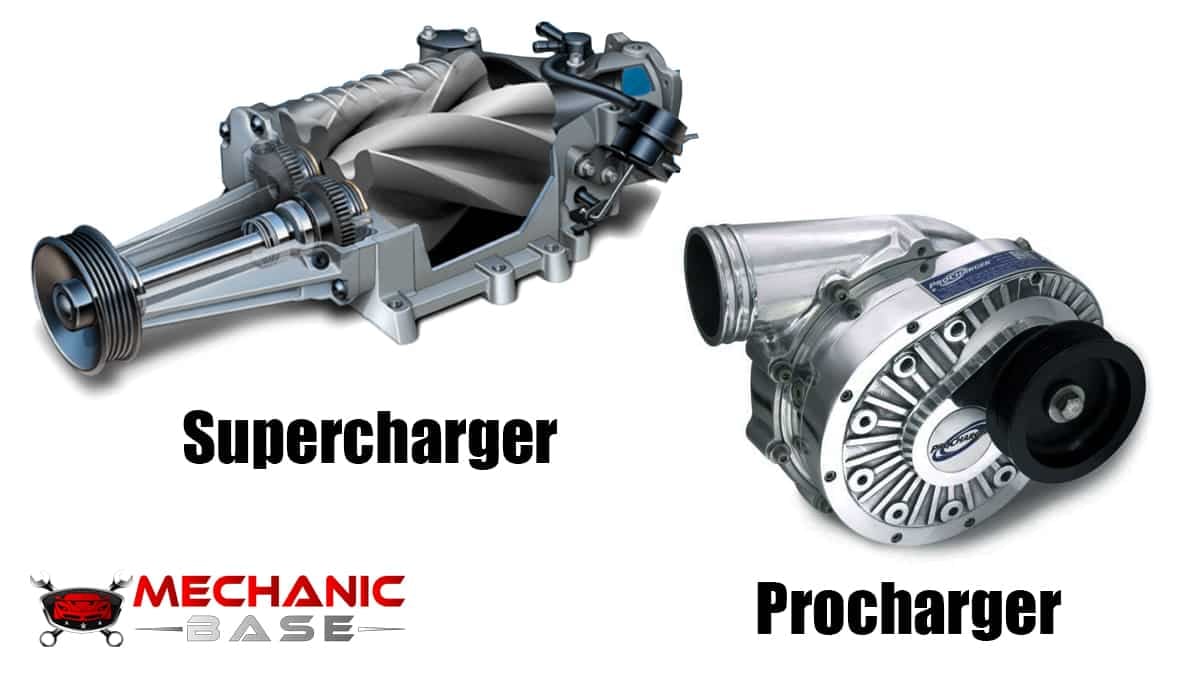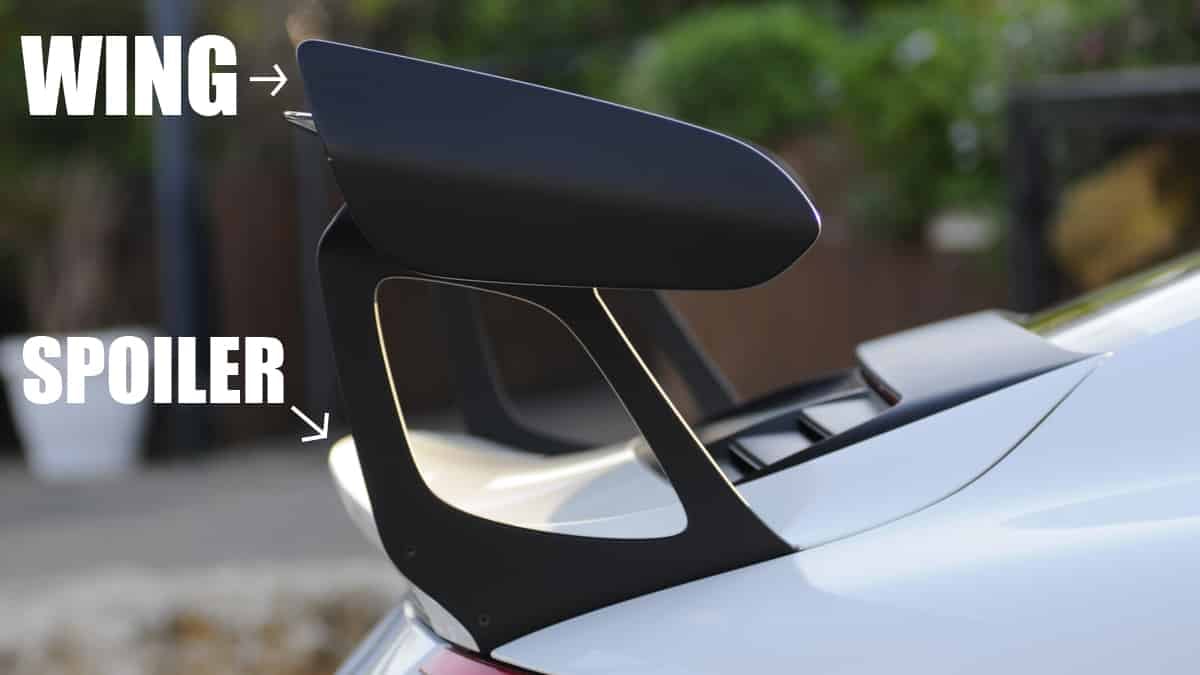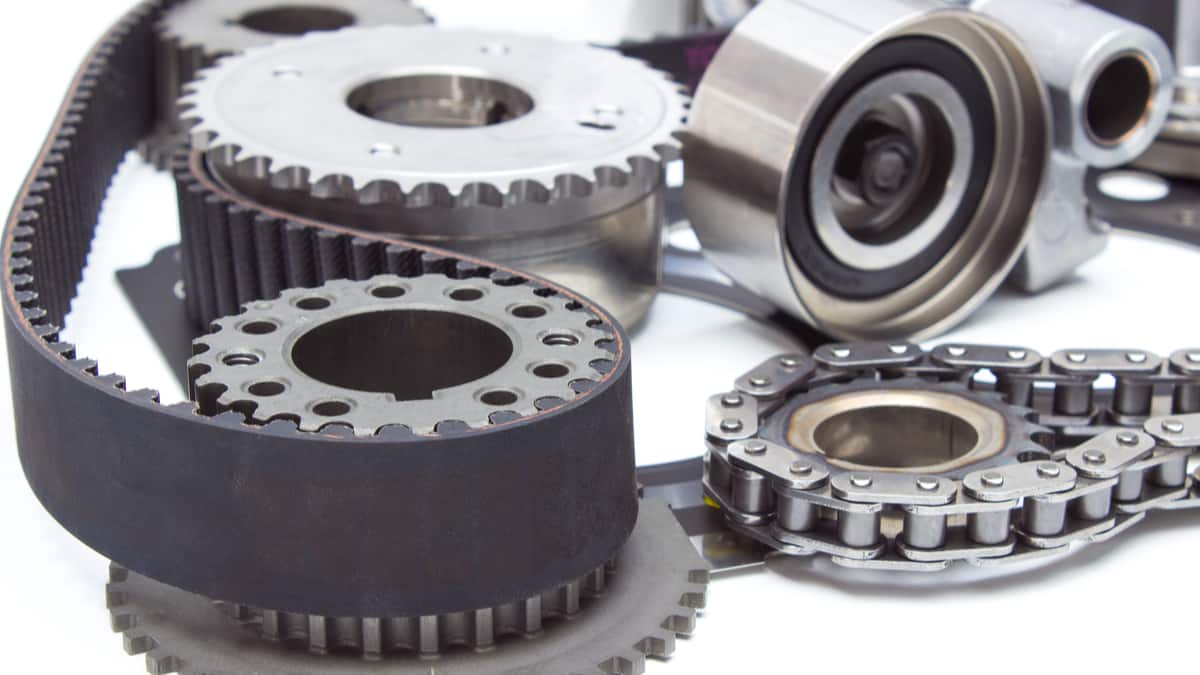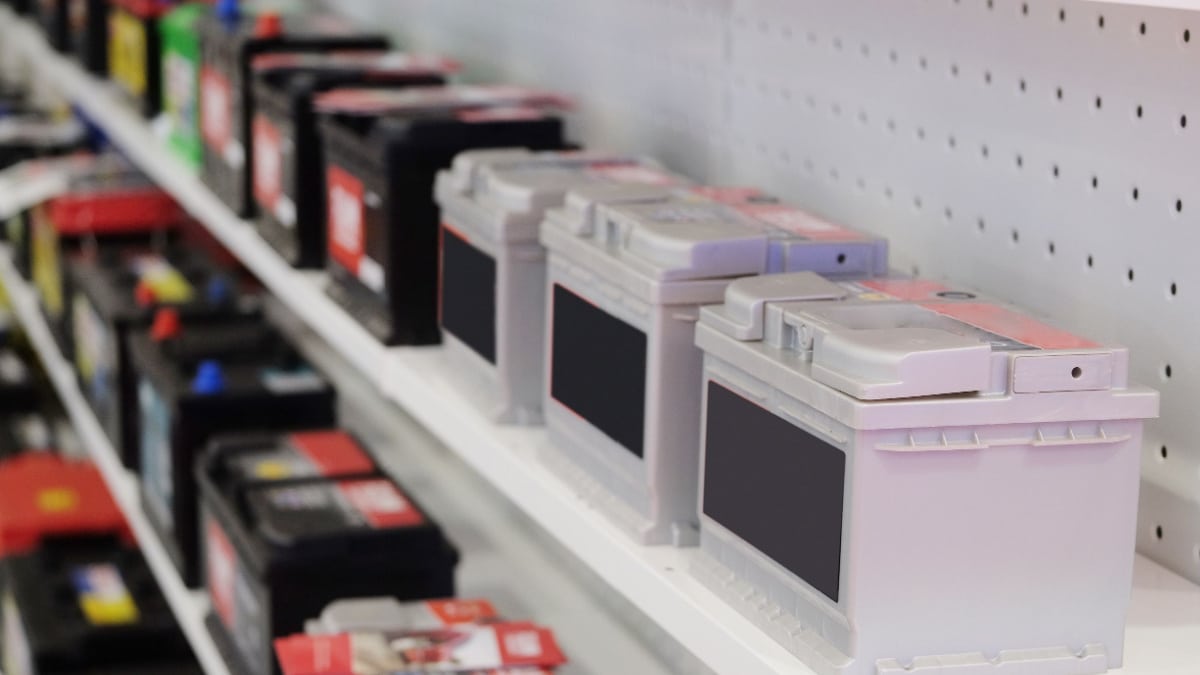There was a time that vehicles didn’t come with sophisticated computer systems. Those cars and trucks used pneumatic and mechanical systems to regulate idle speed, valve timing, and fuel delivery. Today, vehicles are equipped with multiple actuators and sensors that are connected to computers, ensuring everything runs the way it should. Some of these computers include the PCM, ECM, ECU and TCM.
But what is the difference between the PCM vs. ECM vs. ECU vs. TCM? Are these all the same things with different names, or do they each have a unique job? I look at each module to determine how it is used in your vehicle. Here is a quick look at the meanings of these definitions:
PCM vs. ECM vs. ECU vs. TCM Meanings:
- TCM = Transmission control module
- ECM = Engine Control Module
- ECU = Engine Control Unit
- PCM = Powertrain Control Module
What is a PCM?
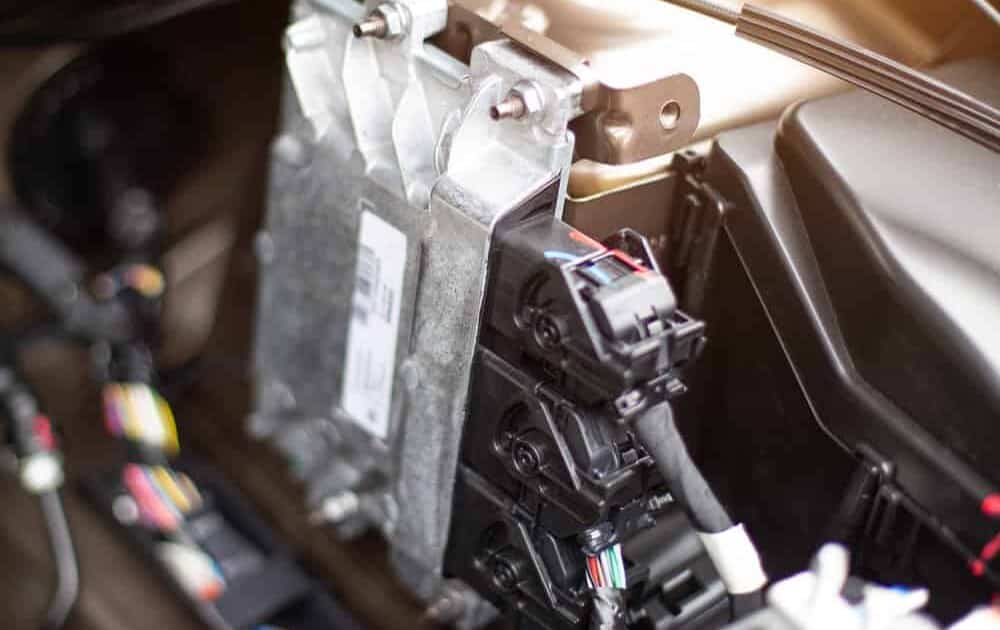
PCM stands for powertrain control module. This technology combines both the TCM and ECM in one module, which is why it is found in newer models. Prior to this technology, both a TCM and an ECM were needed to do the same job.
A powertrain control module handles the emissions, transmission, and charging systems of your vehicle. As a powertrain module, it is responsible for overseeing the driveline and engine as well.
The PCM handles more operations than the ECM and TCM could alone. With the sensors in place and data being transferred, it makes quick adjustments to ensure optimal engine efficiency and performance. Over time, it also learns more about the operations to make it even more efficient.
Some of the aspects that the PCM handles include:
- ABS braking
- Shifting RPMs
- Air/fuel ratio
- Emissions
- Variable valve timing
- Charging rate
- Idle speed
- Fuel injection
- Ignition timing
- Electronic differential performance
Of course, these are only some of the things the PCM handles – the full list is much longer, because the PCM acts as the heart and brain of the modern vehicle.
RELATED: 6 Symptoms of a Bad PCM
What is an ECM or ECU?
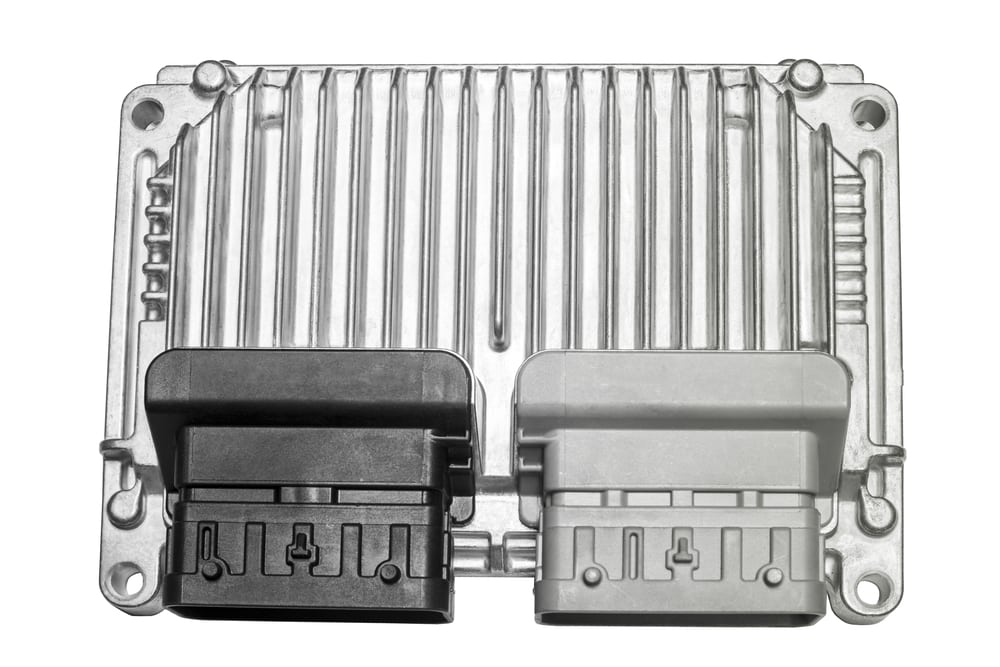
ECM stands for engine control module, while ECU stands for engine control unit. While these two have a different name, the modules are essentially the same thing.
These electronic modules control multiple systems of the vehicle, including the ABS, airbags, cruise control, and air conditioning. However, the engine is what the module is mainly responsible for. It optimizes performance and ensures efficiency by controlling the ignition, fuel injection, and airflow.
With the help of various sensors, the ECM interprets data, determining what systems need to be adjusted. It chooses what response to follow up with to create optimal running conditions. The manufacturer programs it to work with a specific vehicle, so it cannot be swapped with a different ECU.
The ECM works in conjunction with the air-fuel sensors, MAF sensors, oxygen sensors, crankshaft and camshaft position sensors, coolant temperature sensor, throttle position sensor, and the EGR valve sensor to ensure everything is running as it should. At startup, the ECM will go through a complete systems check to guarantee proper performance. If something isn’t running correctly, it can also put the vehicle into limp mode until repairs are made.
RELATED: Symptoms of a bad Engine Control Unit (ECU)
What is a TCM?
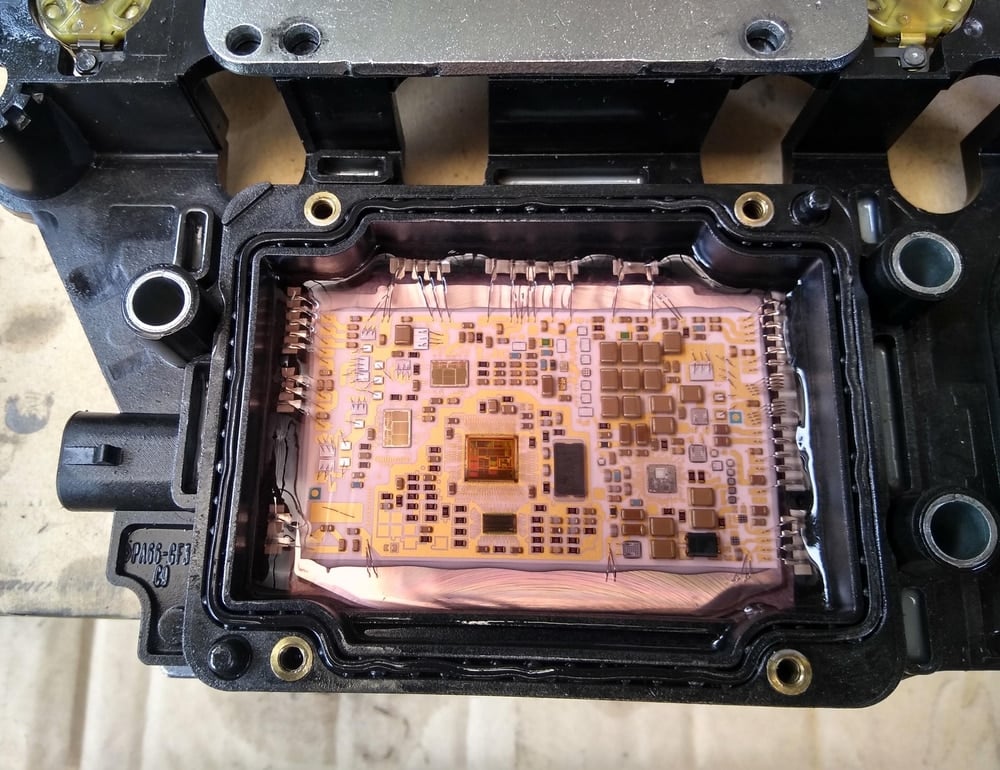
TCM stands for transmission control module. It can also be called the TCU or transmission control unit, but TCU shouldn’t be used to describe this, because that acronym can also mean telematics control unit.
The TCM permits the shifting of gears in automatic vehicles. A manual transmission car won’t contain a TCM, because in these cars, it is the driver who handles shifting.
Various sensors are used to transmit information to the TCM, allowing the transmission to change gears in an optimized fashion for better performance and fuel efficiency.
Some of the sensors working with the TCM include the wheel speed sensors, turbine speed sensor, transmission fluid temperature sensors, vehicle speed sensor, and the throttle position sensor. Additionally, the TCM is monitoring the rate of acceleration, road slope, vehicle speed, and deceleration rate for optimized control.
RELATED: 6 Symptoms of a Bad PCM
Faulty Module Symptoms
The PCM, ECM, and TCM will all display symptoms when going bad, most of which are performance issues.
1. Engine Won’t Start
When one of these vital modules goes bad, the engine might not start at all. When you go to start the engine, any faults can cause the system to shut down to protect it from further damage.
Additionally, the engine might run with problems. If you notice misfiring, stuttering, a rough idle, or stalling, it could be due to a faulty module. When this happens, you might also see warning lights on the dashboard.
2. Transmission Not Shifting Smoothly
When the modules go bad, they can affect the way the transmission works. You might notice rough shifting and inappropriate shifting times.
There could also be some hesitation when you step on the gas pedal. When shifting problems occur, it is often related to the TCM on older vehicles and the PCM on modern models.
3. Poor Fuel Economy
For optimal fuel efficiency, the engine and transmission must run as intended. Whenever the balance is off, the fuel efficiency can suffer.
You might first notice trouble when you take the vehicle for emissions testing. However, if you are monitoring your fuel economy and you notice a decrease, you might find the problem early.
Replacing a Defective Module
The average cost to replace an ECM is generally between $500 and $1000, and the average replacement cost for a TCM or PCM is similar. Using an OBDII scanner can help you pinpoint if one of the modules is faulty.
There are times when a simple reconfiguration or reprogramming by the dealer can be done to resolve the problem. If the update doesn’t resolve the situation, a replacement would be necessary.
Aftermarket modules are available and help you save some money, but they don’t always work the way they should. The automaker didn’t make the aftermarket chips, so these might require specific software to work properly.
Some automakers go further to discourage using aftermarket modules, such as creating a problem that can only be cleared with the right module. If you are driving a new vehicle, you can also void your powertrain warranty if you use something other than the OEM module.
While you can replace the module yourself with some basic tools, you may not want to. The newer modules require programming that is best done at the dealership.
Categories: Electric, Engine, Transmission
